 Greenland, the world’s largest island, is known for its breathtaking landscapes and extreme climate, but beneath its icy beauty lies a pressing issue – poverty. Despite being part of the Kingdom of Denmark, Greenland faces economic hardship that disproportionately affects Indigenous communities.
Greenland, the world’s largest island, is known for its breathtaking landscapes and extreme climate, but beneath its icy beauty lies a pressing issue – poverty. Despite being part of the Kingdom of Denmark, Greenland faces economic hardship that disproportionately affects Indigenous communities.
Causes of Poverty
- Economic Dependence and Limited Industry. Greenland’s economy is heavily reliant on the fishing industry, which accounts for more than 90% of its exports. This makes the economy highly vulnerable to market fluctuations and limits job opportunities. The Danish government provides substantial financial support, with an annual block grant of about $585 million, making up more than 50% of government revenues and about 20% of Greenland’s gross domestic product (GDP).
- Geographical Isolation and High Cost of Living. While Greenland is a stunning country, its isolation in the far North makes it susceptible to high import costs for goods and services, driving up the cost of living. Necessities such as food and fuel are significantly more expensive than in mainland Denmark. For example, a family of four has estimated monthly expenses of about $5,726 without rent. These high costs make daily life unaffordable for many residents, contributing to growing economic stress and inequality.
- Social Challenges and Vulnerable Populations. Social issues such as alcoholism and mental health problems are deeply intertwined with poverty. The Indigenous Inuit communities are disproportionately affected, with high rates of substance abuse exacerbating economic hardship. Studies show a dramatic increase in alcohol consumption in Greenland, leading to severe health and social problems. These challenges often contribute to family breakdowns, unemployment, and domestic violence, creating a cycle of vulnerability. Limited access to health care and support services further worsens the situation, leaving many without essential help.
Tackling Poverty in Greenland
The Danish government’s financial support helps maintain Greenland’s public services, including health care and education. However, there is a growing movement to strengthen Greenland’s economy beyond this aid by investing in local industries such as mining and tourism.
Similarly, other organizations strive to help alleviate poverty, such as The Greenland Social Foundation, which provides food, shelter and educational programs to struggling families. The Red Cross Greenland also plays a crucial role in providing social welfare programs and mental health support.
Furthermore, institutions like Ilisimatusarfik University provide scholarships, with more than $21,000 awarded in April 2024, to help Greenlanders pursue higher education and secure stable employment. Community-driven initiatives are also promoting traditional practices like fishing and craftsmanship to create self-sustaining economic opportunities.
Ultimately, Greenland’s poverty crisis is driven by economic dependency on unstable income, high costs of living and social issues that disproportionately affect Indigenous communities. However, through a combination of government support, local initiatives and education programs, there is hope for a more resilient and self-sufficient future for Greenland’s people.
– Emina Bolic
Emina is based in Birmingham, UK and focuses on Good News for The Borgen Project.
Photo: Pexels
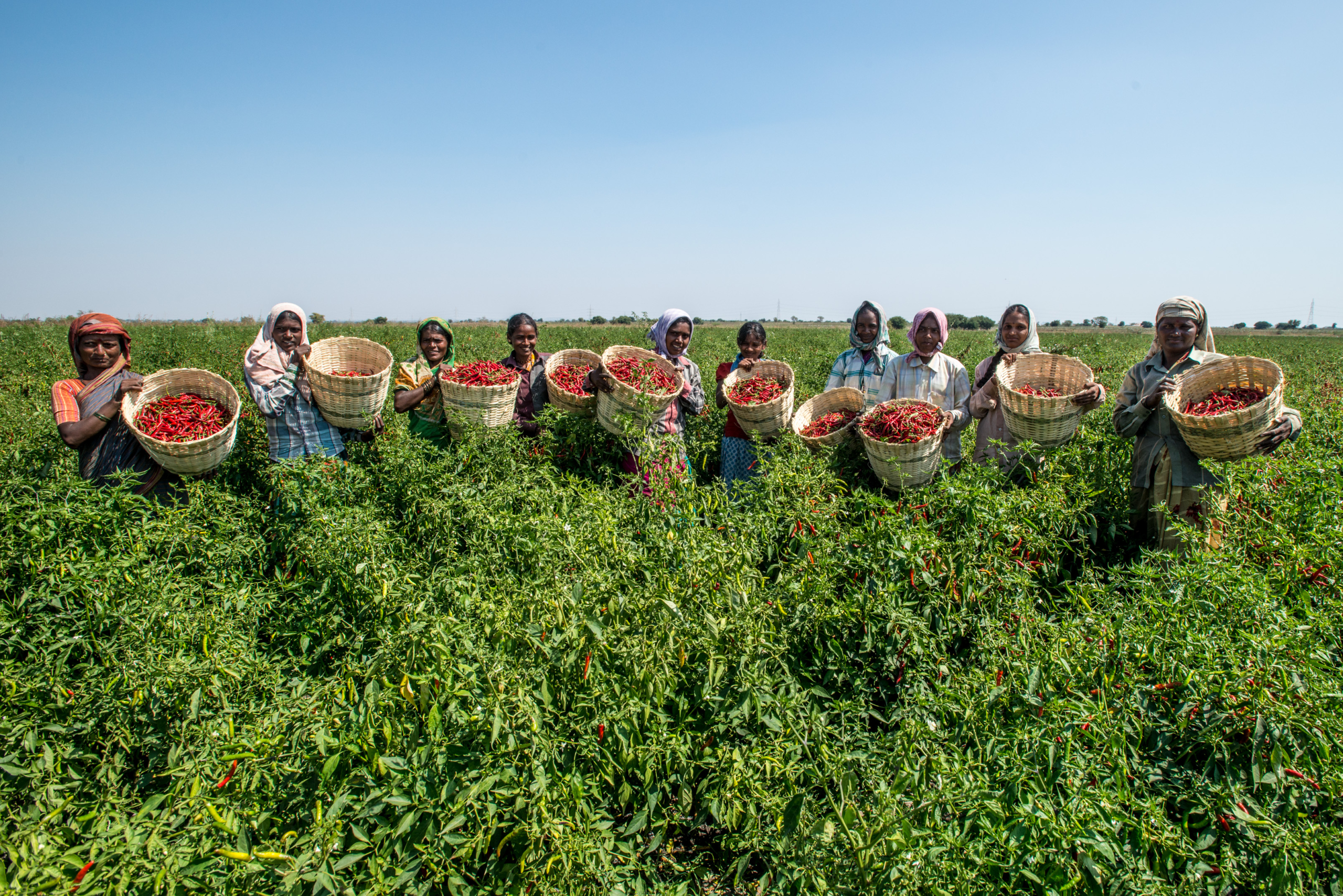
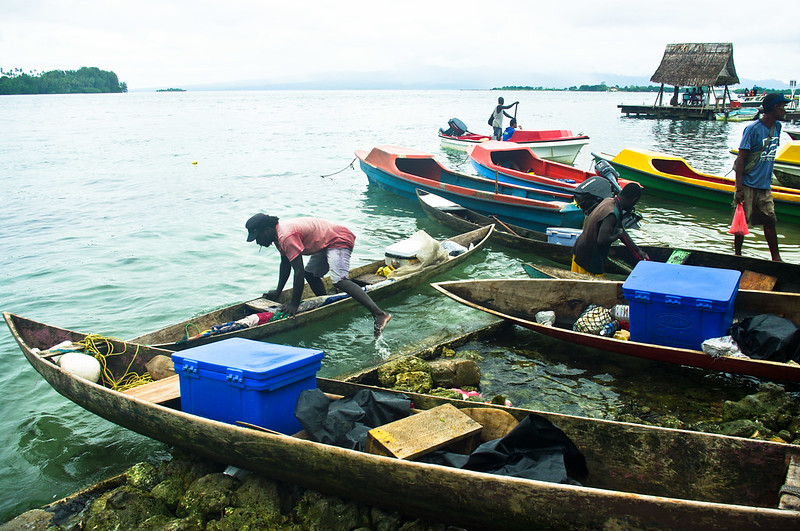
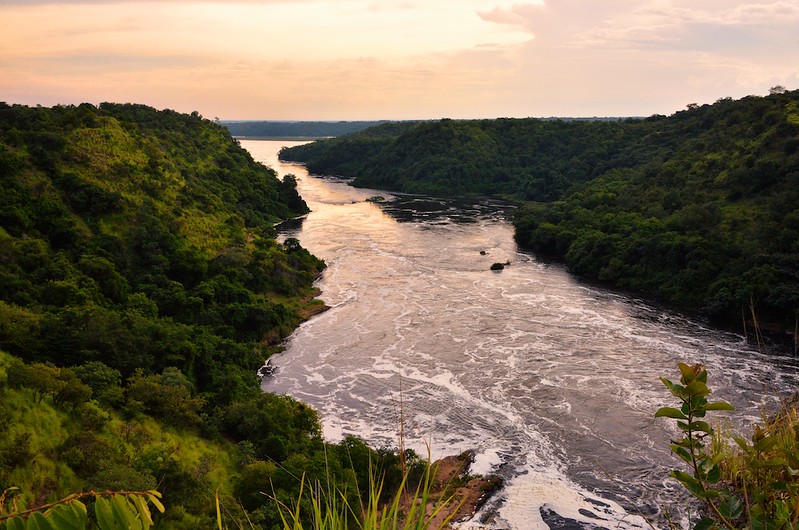
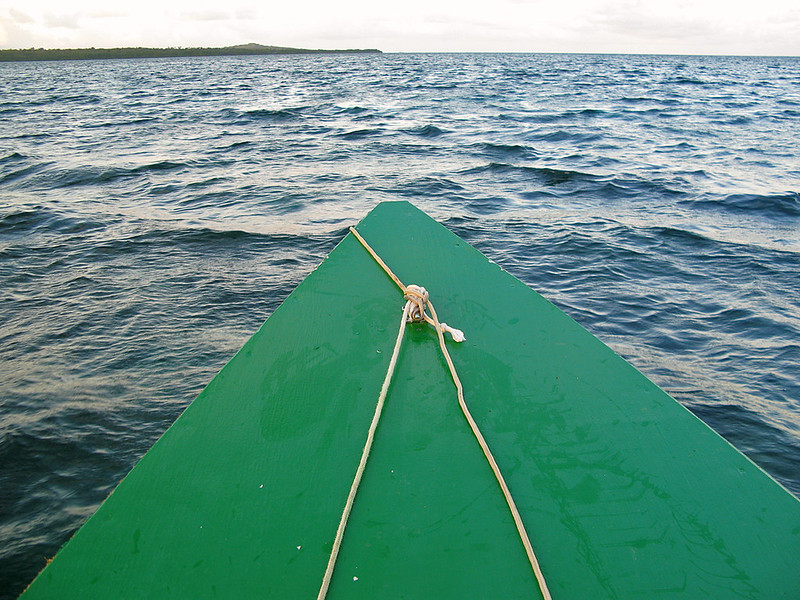
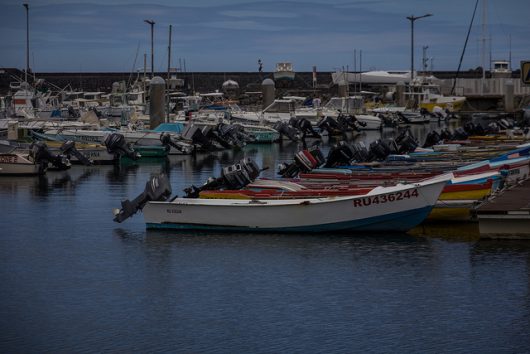
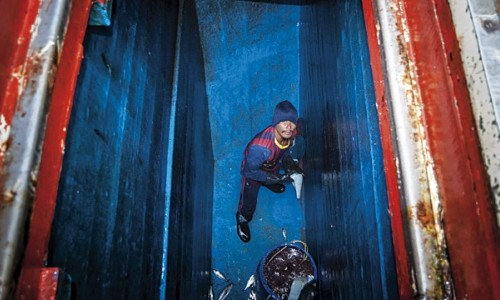

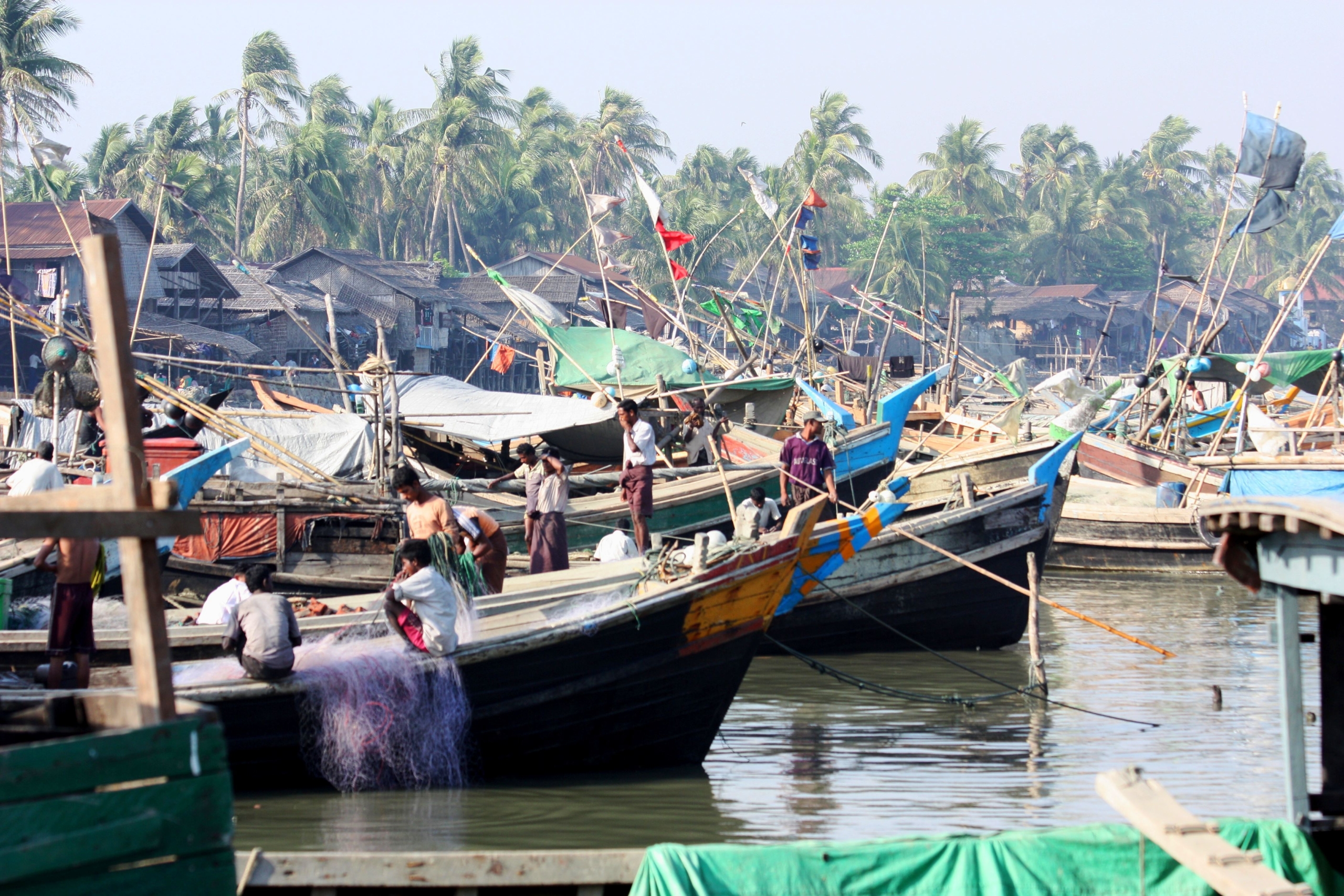 Human trafficking is a horrific trade, often described as a form of modern-day slavery. It is defined as any illegal movement of people for the purposes of forced labor or sexual exploitation. Many governments are in denial of how widespread the issue is and neglect reporting or prosecuting those involved.
Human trafficking is a horrific trade, often described as a form of modern-day slavery. It is defined as any illegal movement of people for the purposes of forced labor or sexual exploitation. Many governments are in denial of how widespread the issue is and neglect reporting or prosecuting those involved.
